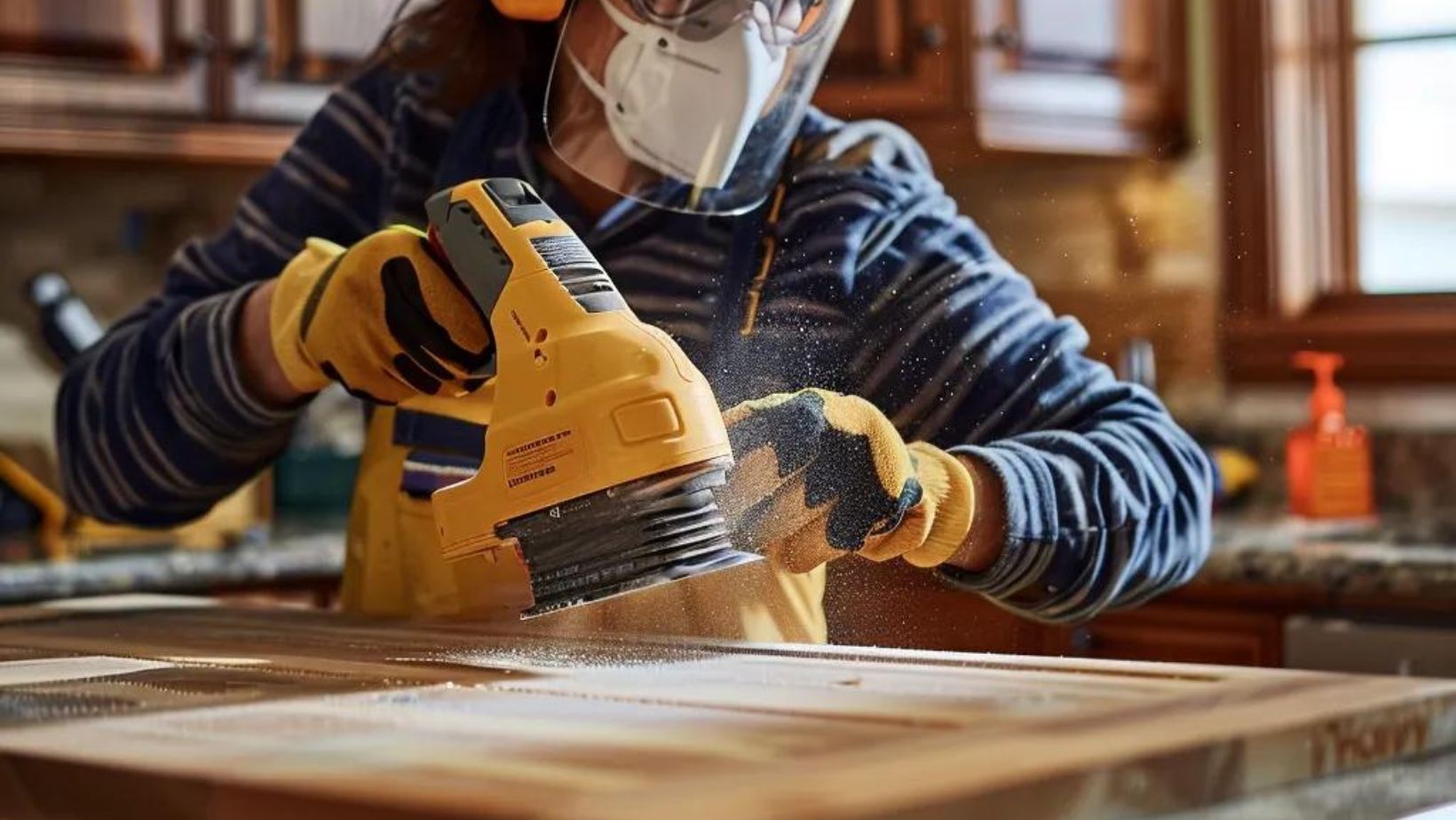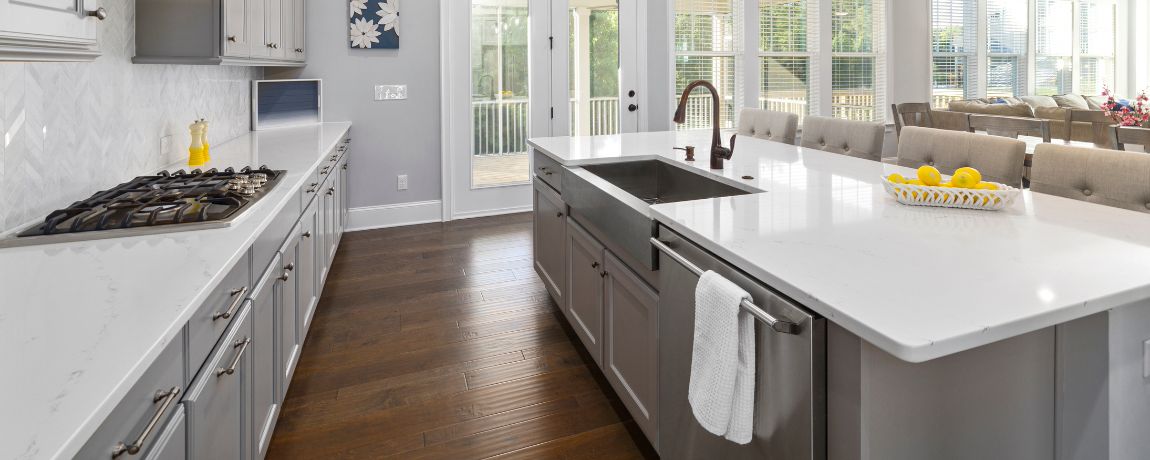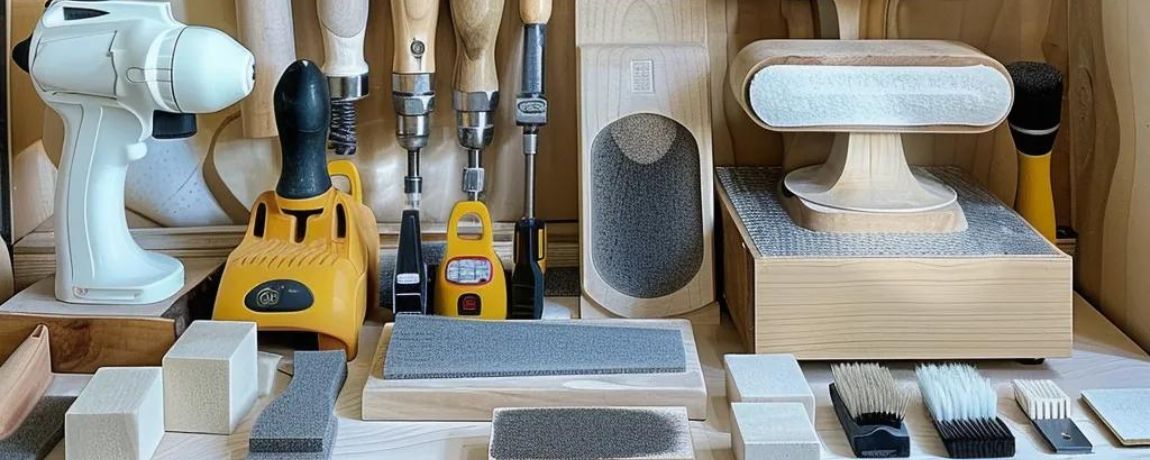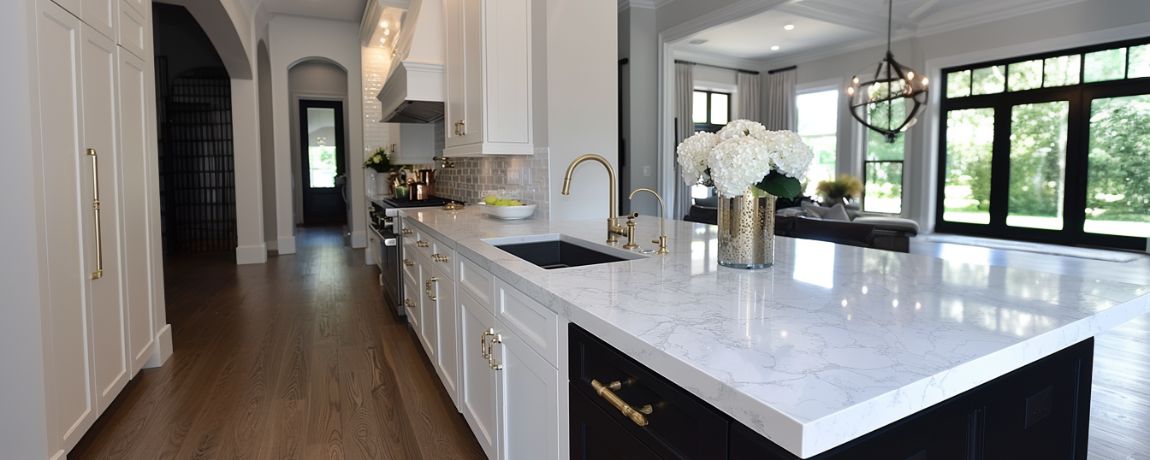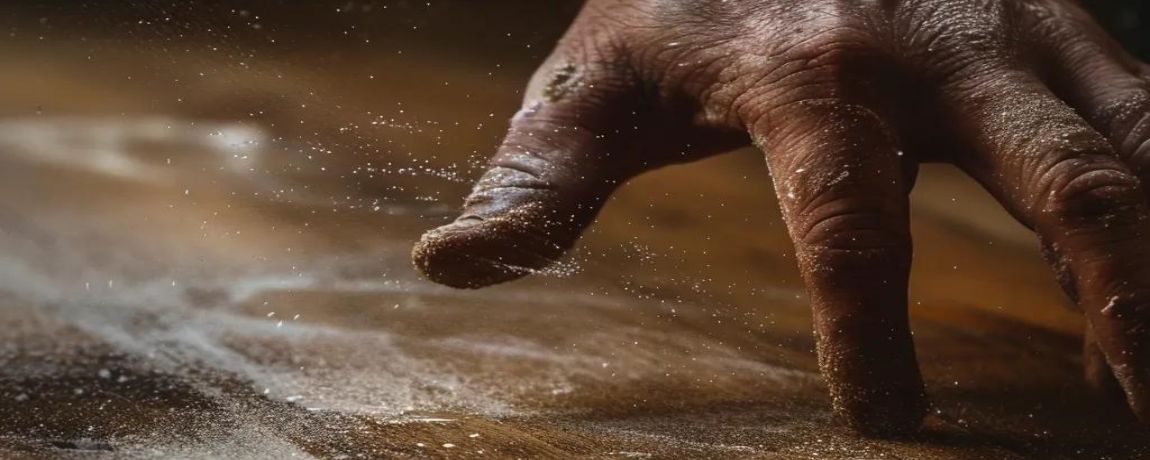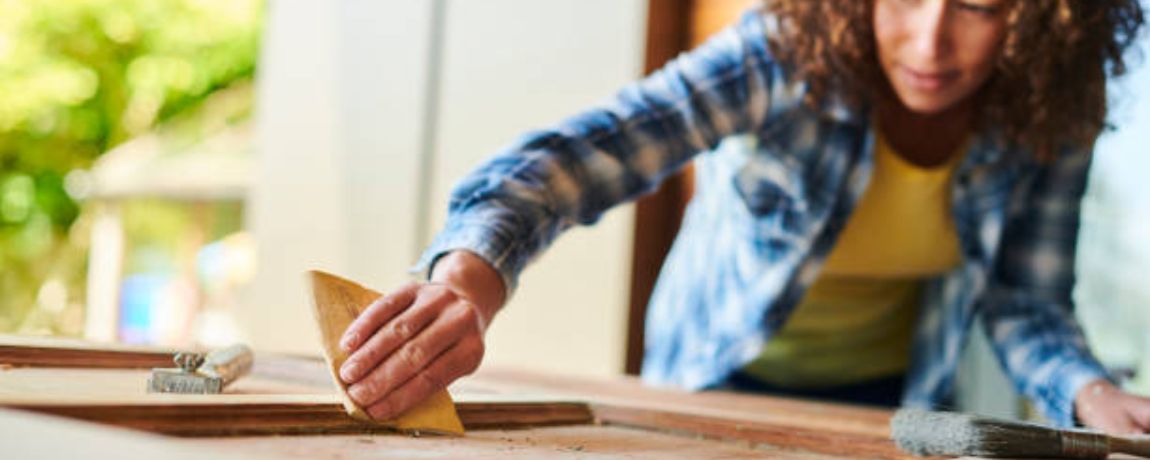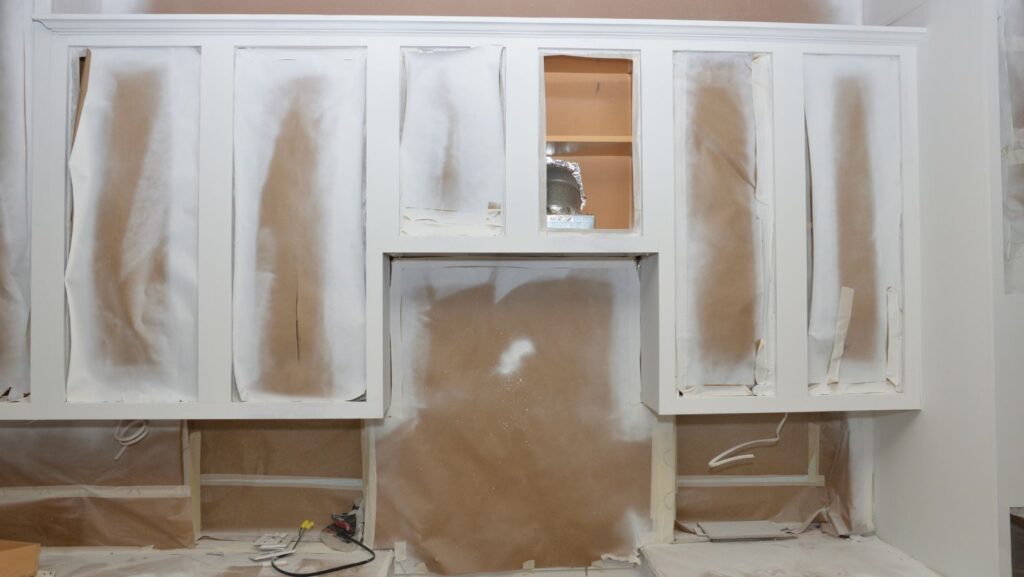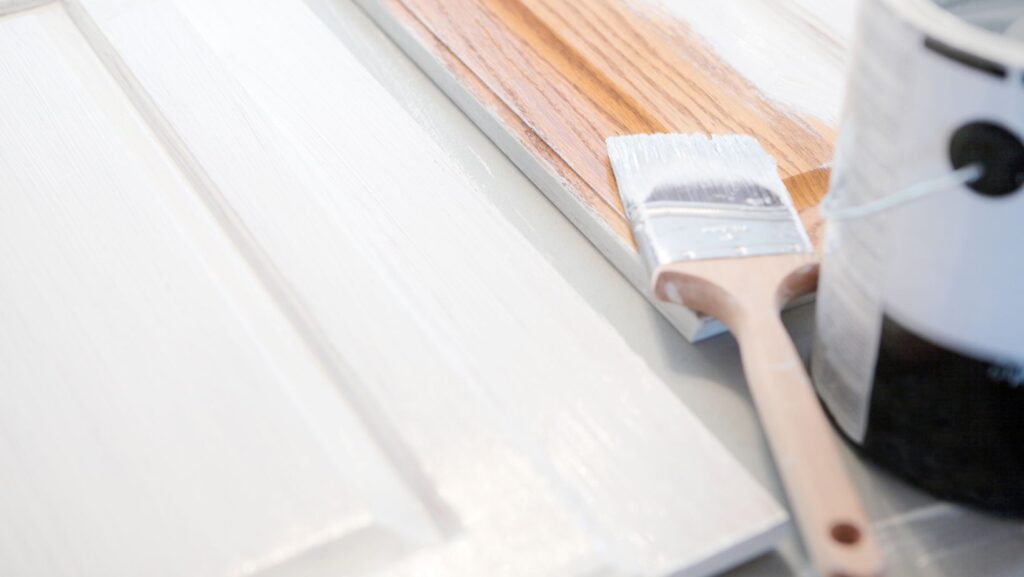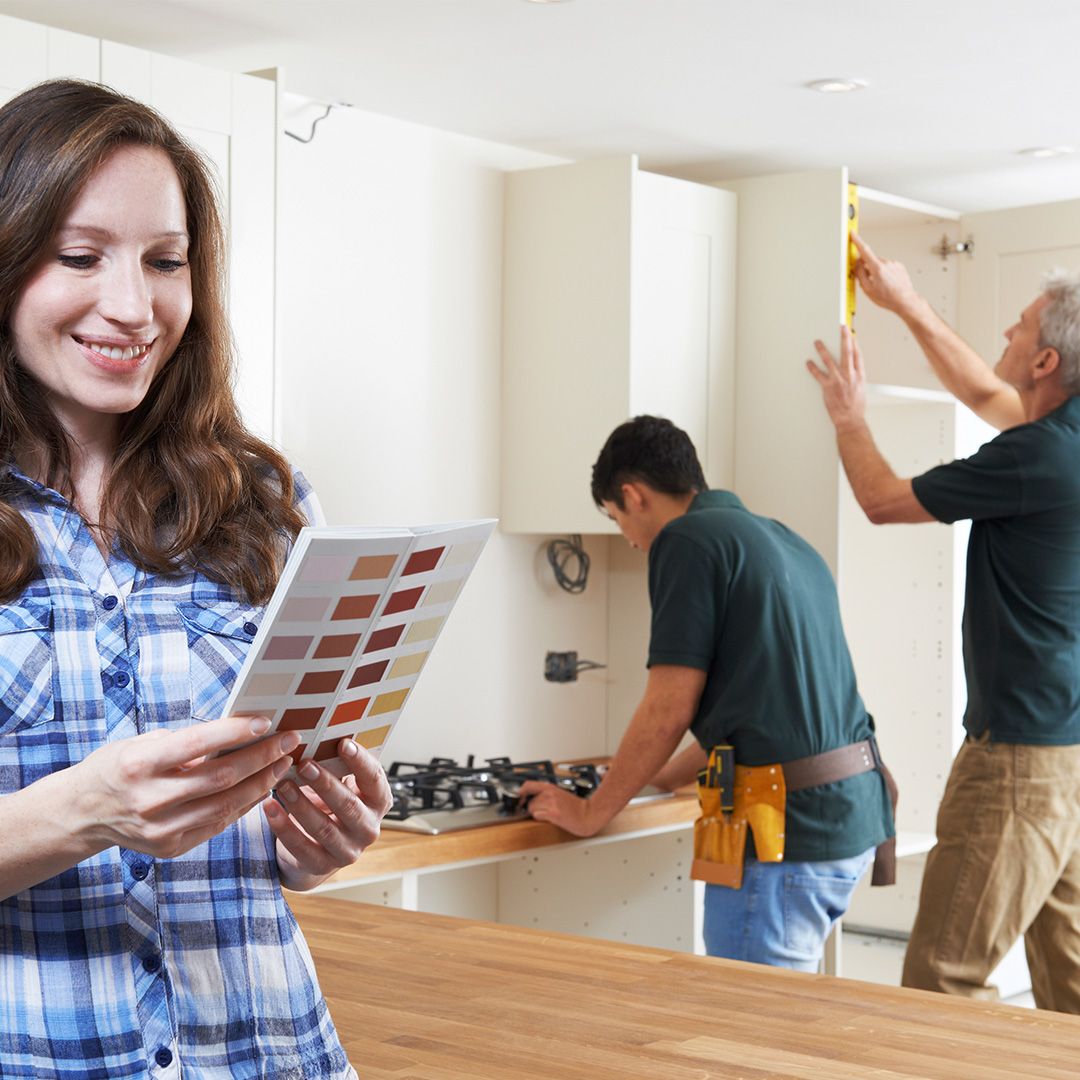Sanding may seem like a tedious step, but it’s the cornerstone of a flawless, long-lasting cabinet paint job. From removing old finishes to perfecting surface texture and ensuring optimal paint adhesion, proper sanding techniques make all the difference. Whether you’re a weekend DIYer or hiring the experts at Cabinet Painting Co, investing time in this preparation stage pays off with a smooth, professional finish that elevates your entire space. Don’t cut corners—embrace the sanding process and enjoy beautifully restored cabinets that stand the test of time.
How to Sand Cabinets for a Smooth Paint Finish
Achieving a smooth, professional paint finish on your cabinets starts with expert sanding. This crucial step creates the perfect surface for paint to adhere, ensuring a durable and beautiful result. Whether you’re a DIY enthusiast or prefer to leave it to the pros at Cabinet Painting Co, understanding the sanding process is key. In this guide, we’ll walk you through why sanding is essential, the tools you’ll need, and the techniques to avoid common pitfalls, all to help you achieve that perfect finish.

Brian Shaffer
Owner

